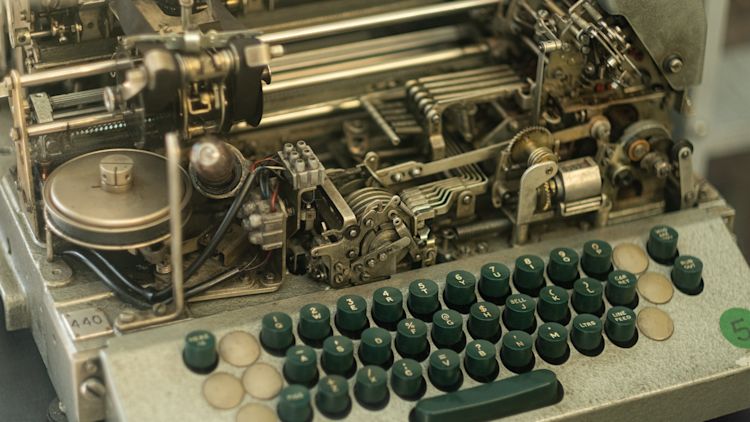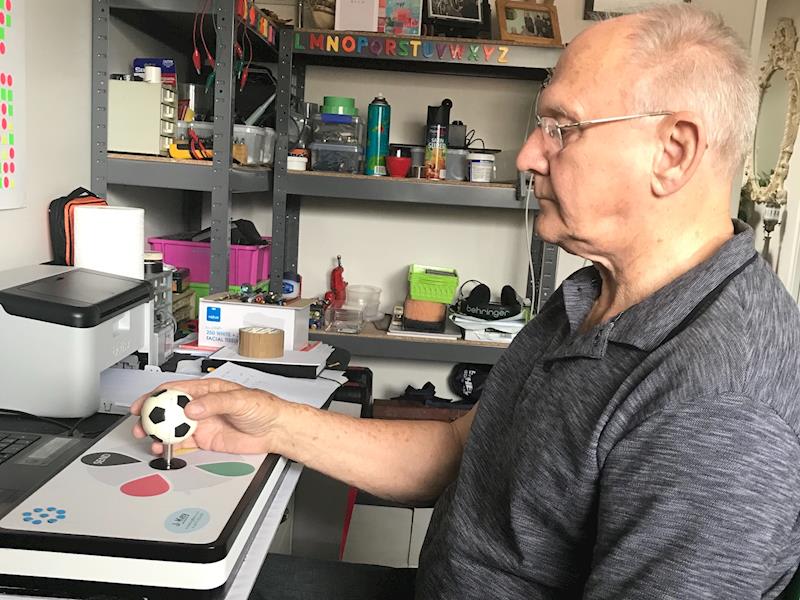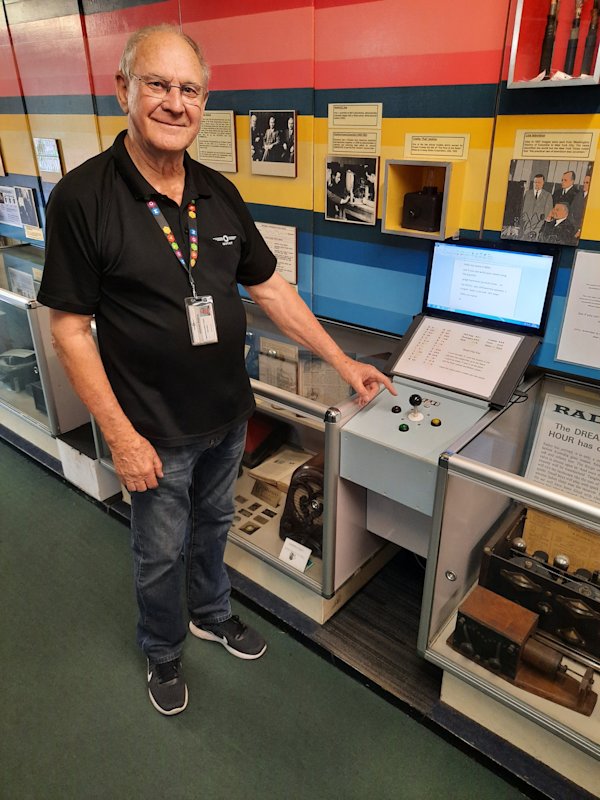A Better Future at the Push of a Button

Michael has been a volunteer at MOTAT for six years, spending most of his tenure in our telecommunications department. As an electrician by trade, this suits Michael perfectly and when he’s not assisting visitors, he’s busy putting his skills to use with his latest project; the J-Key.
The J-Key is a communication device which sits atop wheelchairs used by children with severe disabilities. It replaces the commonplace mouse and keyboard feature, allowing for easier, faster and more efficient communication from the user, who as Michael describes, often live with the inability to speak or physically communicate. The interface, as you can see, has the main joystick, a few coloured LEDs and two buttons to the right of the joystick. All in all, it looks simple enough. But behind the interface is a complicated coding system that Michael has been working on for years – something that hasn’t been without its setbacks.

At the initial stages of his design and production, Michael was looking at using Morse code as the inspiration for his model. However, as he discovered, following this format meant that creating one letter was slow and complicated. After going back to the drawing board, it’s only been the last two years when Michael decided to pick up where he left off and complete his J key. He knew that the new coding system needed to be easy for users to navigate – especially those on the more severe end of the disability spectrum. As such, the J-Key was born.
The final product connects easily to any laptop and allows the user to easily type out words by moving the joystick in certain colour combinations – all of which are outlined on the interface. The patterns are easier and quicker to complete than the Morse code model and comes complete with various sounds to help the user pick up on rhythms when spelling out common words which they may remember for faster use in the future.
So far, Michael has produced four stereotypes - three of which are currently being tested at Central Auckland Specialist School (CASS). When asked about the response so far, even before he responds, Michael’s beaming face says it all.
“It’s been fantastic seeing how the students have taken to the J-Key. All have given positive feedback about what it’s like to use – and although it’s early days, after more practice typing words and navigating with the joystick, the students will be able to communicate so much easier!”

To further test the J-Key concept, Mike's wish is to build 12 J-Key units for students who will not only benefit from them, but they will also allow Mike to gather data on their usage over a 12-month period. It’s this data that will help Michael showcase the benefits of his model compared to others in the market and help him successfully produce more interfaces in the future.
Michael is currently self-funding the cost of building each interface – which altogether, costs around $150 per unit. Wanting to build 12 units leaves Michael with a somewhat hefty bill. To help cover costs, Michael has set up a Give a Little page detailing his work and what is needed to help him continue doing his incredible work. All money raised will go towards the construction of the 12 J-Key units and any additional money will go towards the ongoing development of the J-Key.
If you would like to contribute to Michael’s great work, donate through the following link and help our MOTAT superstar help those in need!
An interactive J-Key unit is on display on Tuesdays and Live Days at Motat in the Telecommunications Building.